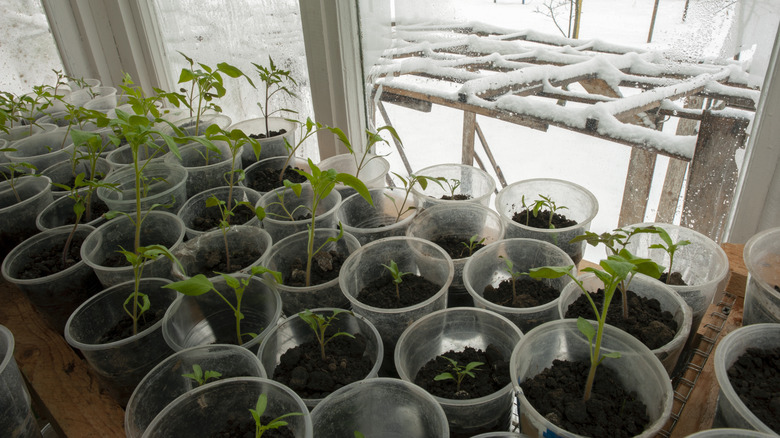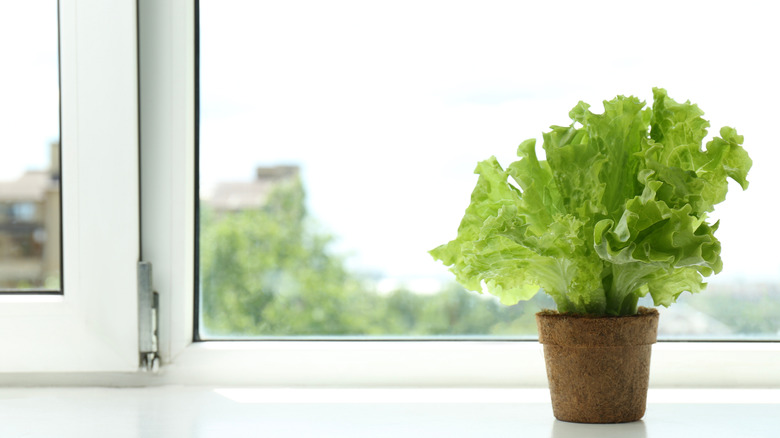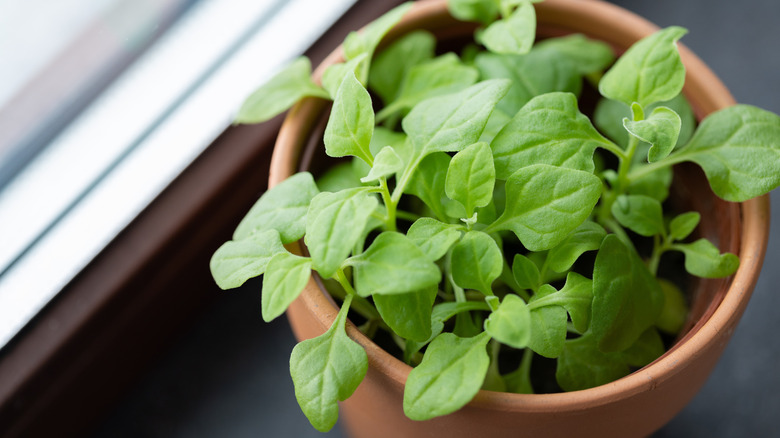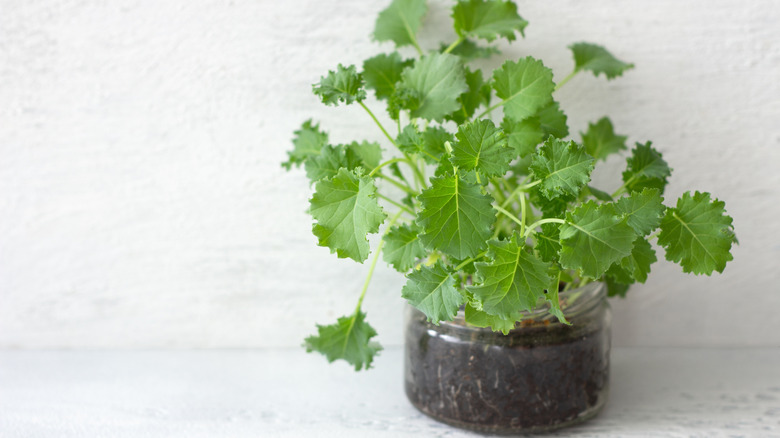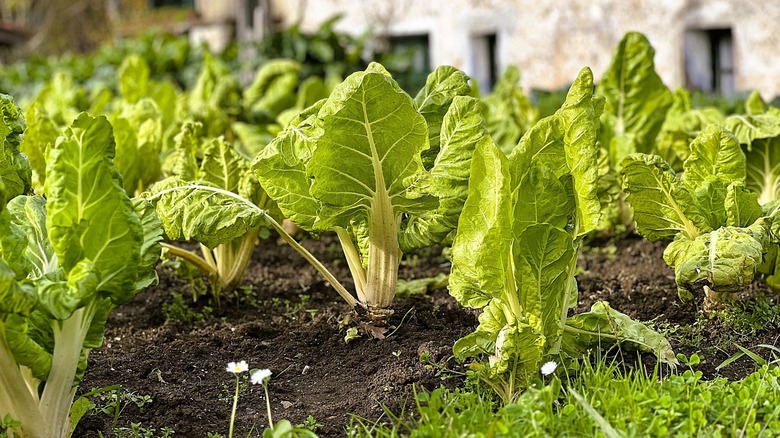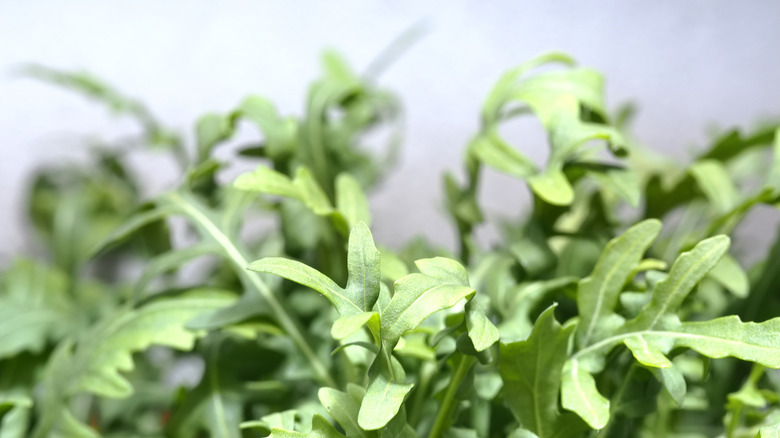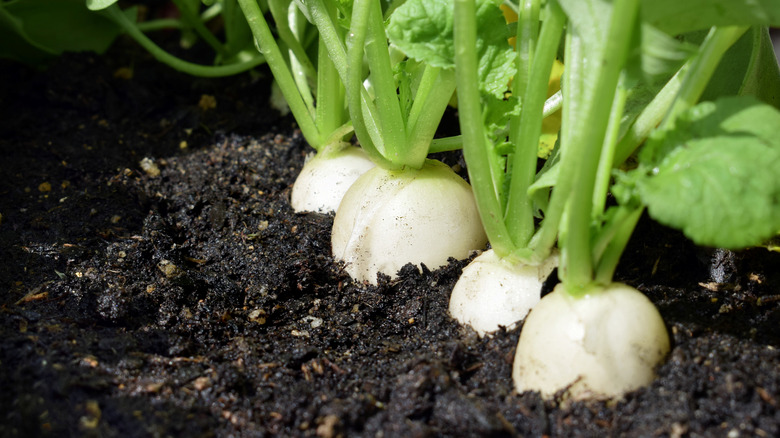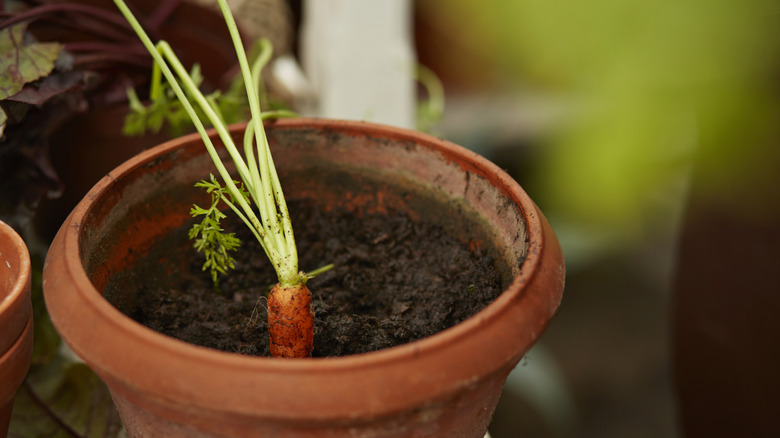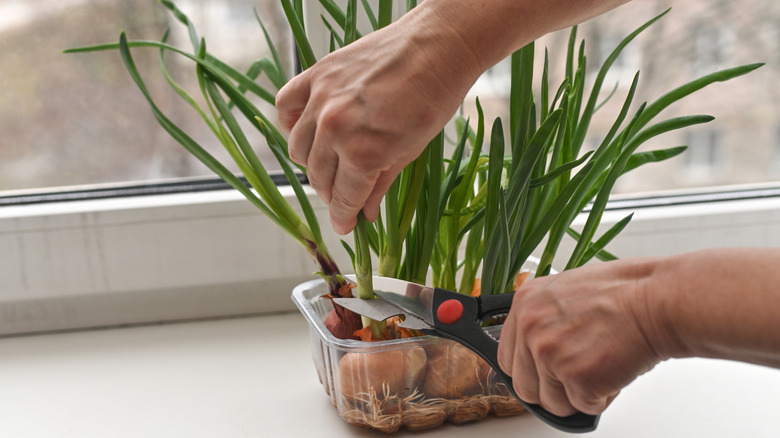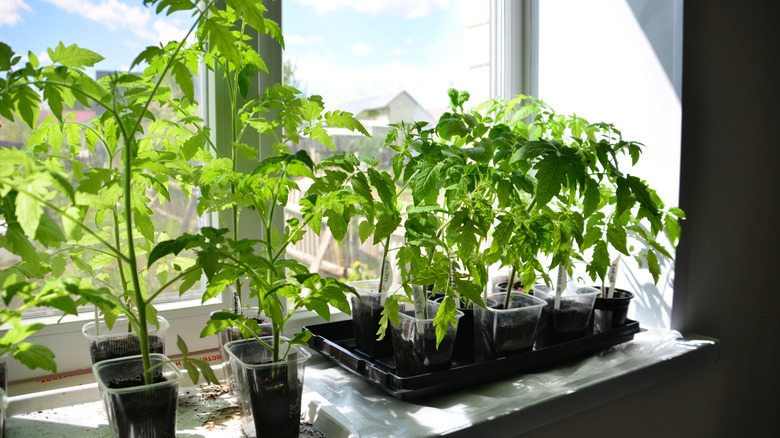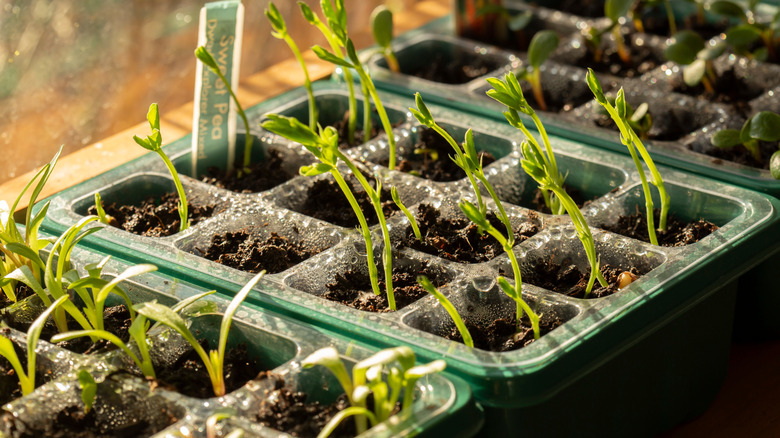10 Garden Vegetables That Grow Beautifully Indoors Throughout Winter
Just because winter is coming and outdoor temps are about to plummet, doesn't mean that you have to say goodbye to your fresh, homegrown vegetables. There are many edible plants perfect for growing indoors and in small spaces, including vegetables and herbs. All you have to do is set up a few well-placed pots, choose the right vegetables to plant in winter, and give them proper light. It will save you from the hassle of waiting for spring just to have fresh veggies on your kitchen counter. Vegetables that grow beautifully indoors throughout winter include leafy greens such as lettuce, kale, and chard.
These plants are well-adapted to cold temperatures and have short growth cycles. Similarly, root crops such as radishes also thrive very well indoors during the winter months. Even when planting vegetables indoors, you still have to make sure that the pots or containers are well-drained. Furthermore, you need to pay attention to indoor temperature and humidity. And last but not least, always be on the lookout for pests. Just because you are planting veggies indoors doesn't mean you won't attract them.
Lettuce
Lettuce is one of the easiest vegetables to grow indoors in winter. It is well-adapted to cold temperatures and performs well in containers or pots. For best results, use a soil that is well-drained, loamy, and rich in organic matter to plant your seeds. Also, make sure that you plant the seeds about a half inch deep and space them about 12 to 18 inches apart. Furthermore, keep in mind that lettuce plants need at least six to eight hours of bright sunlight each day. So choose a place that gets plenty of sun, ideally a south-facing window.
Spinach
Rich in vitamins and flavor, spinach is another leafy green that grows well during the cold weather. It can survive temperatures as low as 15 degrees Fahrenheit. Also, much like lettuce, spinach performs best when provided with full sun, but it will still do just fine even in a bit of shade. When planting them in a container indoors, choose spinach varieties specifically suited for those conditions. You don't need much space, though. Spinach can grow well in containers as small as a gallon and only 4 to 6 inches deep.
Kale
Kale is a powerhouse when it comes to vitamins and minerals. It is rich in fiber, magnesium, vitamins, calcium, and antioxidants, so you definitely want to add it to your indoor winter vegetable collection. It performs well in temperatures ranging from 40 to 70 degrees Fahrenheit and is easy to grow from seed. In addition, it grows fast. Plant it at the start of winter, and you will be harvesting it already in about 45 to 60 days after sowing. For best results, place your containers in a sunny spot and make sure the spacing between plants is at least 12 to 18 inches.
Swiss chard
Swiss chard is another cold-hardy vegetable. It continues to grow even after frosts, tolerating temperatures as low as 25 degrees Fahrenheit, so you definitely won't have a problem planting it indoors during the winter. When seeding, keep the spacing between plants 6 inches and 12 inches between rows. Next, keep the soil moist, and you should be ready to harvest the outer leaves 30 to 60 days after seeding. For best results, make sure the temperatures indoors don't exceed 75 degrees Fahrenheit, as its growth slow in hot temperatures.
Arugula
Arugula is another cool-season leafy green, and it performs best between temperature ranges from 50 to 65 degrees Fahrenheit. Also, it is a fast grower, and if everything goes according to plan, it will be ready to harvest in about four weeks. It has very few pests and requires little care. As for fertilizing the indoor containers, it is not needed if the potting soil is rich in organic matter; however, you can still apply a nitrogen fertilizer for faster growth. Consider planting arugula next to spinach for added benefits.
Radishes
Radishes are one of the best vegetables to grow indoors in winter, as they perform best in cool temperatures and are pretty tolerant of cold weather. However, winter radishes generally grow more slowly compared to summer radishes, but they remain crisp for longer and are bigger in size. Nevertheless, plant your radishes in loose soil that is pH-neutral and evenly watered for best results. Sow the seeds about a half inch deep in the soil, and keep the spacing at least 1 to 2 inches apart. They grow easily and will be ready in three to six weeks.
Carrots
Carrots do not grow well in hot temperatures and should be planted during the cool season. Carrots need loose, well-draining and fertile soil. Make sure that soil is consistently moist and that your plants receive at least eight hours of light daily. Also, when planting carrots in containers indoors, choose varieties such as Thumbelina, Nantes, and Chantenay as they require less rooting depth. However, even then, the container needs to be at least 12 inches deep. That, or you can plan to harvest them early, when they are about a half inch in diameter.
Scallions
Shallots, also called potato onions, are hardy plants that can survive through most winters. However, very cold winters might impact the yield. Outdoors, you can plant them in the autumn after the first frost, and they will be ready for harvest by late spring. They grow easily in containers indoors too as long as they receive a good amount of sunlight, well-drained soil and consistent moisture. If you're planting seeds, bury them about half an inch deep. If you are using bulbs, bury them 1 to 2 inches deep.
Tomatoes
Tomatoes can also be grown indoors during winter in containers. And while you can plant any type of tomato in a container, choosing a dwarf variety will definitely give you the best results. Some examples include BushSteak Hybrid, Celebrity Hybrid, Tumbling Tom and Tiny Tim. No matter what type of tomatoes you plant, they all need well-drained, slightly acidic soil, and eight hours of light each day. For best results, use a peat moss–based potting mix, and fertilize the plants with a balanced houseplant fertilizer.
Peas
Peas are cool-weather, frost-tolerant vegetables that thrive best when soil and air temperatures remain below 80 degrees Fahrenheit. This makes them another good choice for planting indoors in winter. For best results, plant peas in well-drained soil with a pH of 6 to 7.5 that is enriched with organic matter. If you are planting peas from seeds, bury the seeds up to 1 inch deep and 1 to 2 inches apart in rows and between rows. Maintain a space of at least 12 to 24 inches between rows. Also, when grown in a container, give an application of fruiting plant fertilizer, such as 5-10-10, early in their growth.
